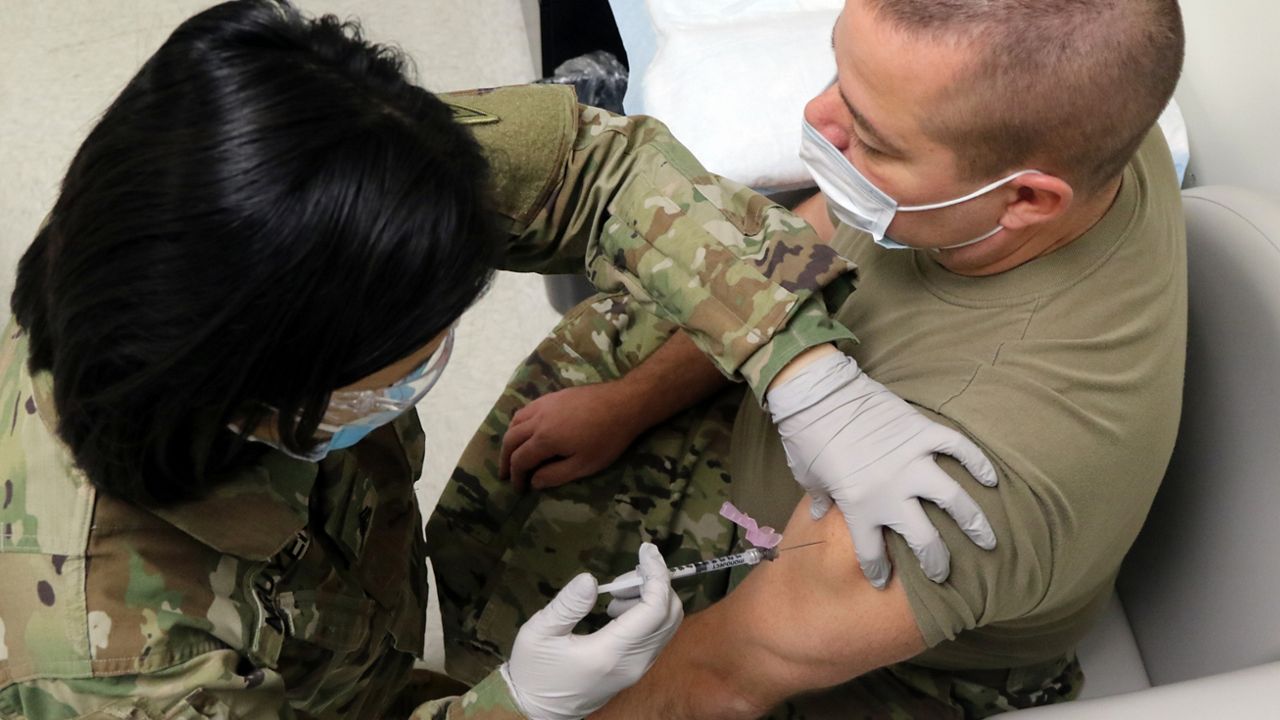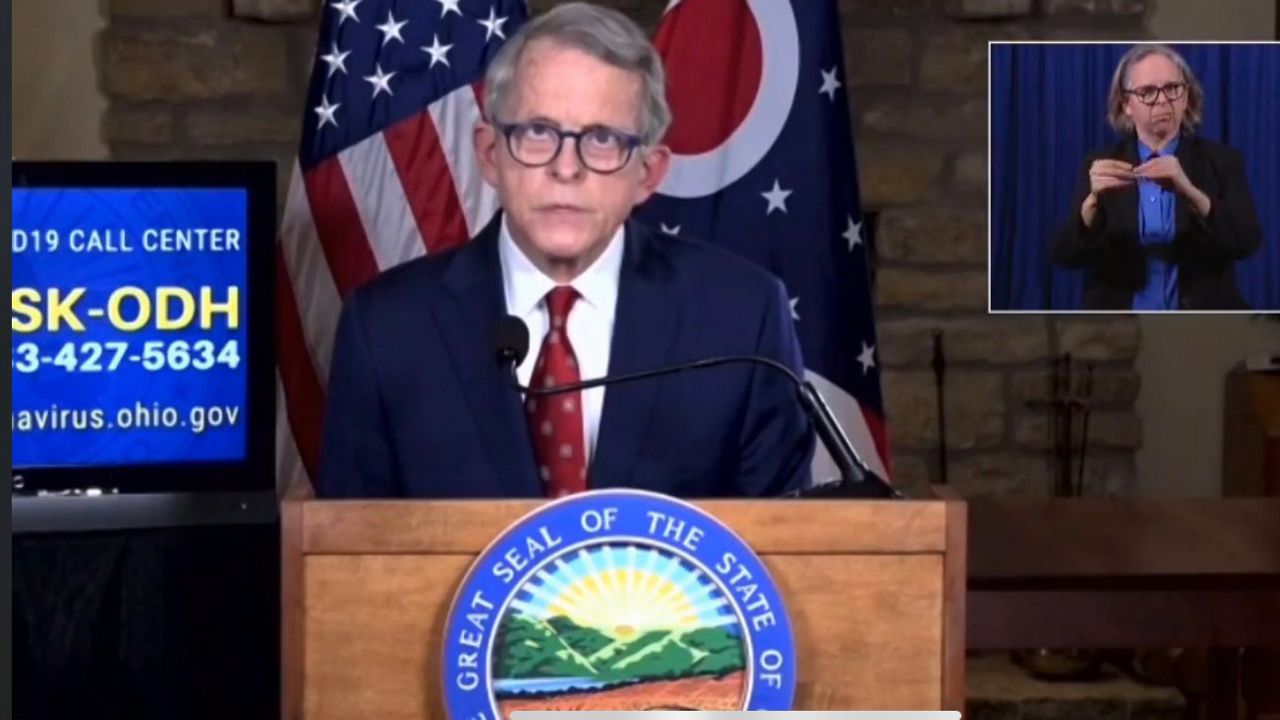COLUMBUS, Ohio — Ohio will begin the next phase of its COVID-19 vaccination program on Jan. 19. At that time, seniors older than 80 will become eligible for immunizations followed by younger seniors, residents with certain medical conditions, and the staff members of schools using in-person learning models.
For seniors, each subsequent week, the eligible age group will expand by five years. In the week of Jan. 25, when seniors older than 75 begin receiving shots, a group of approximately 75,000 people with medical conditions will also become eligible for immunizations.
The state will release information and instructions next week about where seniors can go to receive their shots, Gov. Mike DeWine said during his news conference Thursday.
The governor brought disappointing news for schools that were expecting to begin receiving the vaccine in mid-January. Due to the slower than anticipated pace of immunizations in Ohio and nationally, that date was pushed back to Feb. 1, DeWine announced Thursday. Under the modified plan, some teachers may be asked to return to classrooms before receiving a booster shot of the vaccine, DeWine said.
In some cases, individuals eligible for immunization in the vaccine rollout’s second phase, “1B,” will need to make an appointment with a vaccine provider, like a health department or a primary care provider. Other providers will not require appointments.

Some providers will hold drive-thru clinics, while others will opt for walk-up clinics, DeWine said.
Schools will receive a letter from the state this week requesting their learning model plans. The state has promised vaccines to every staff member in any school building that commits to implementing in-person learning, or continuing with that model if it is already in place, by March 1.
“That is a condition. They sign that, then we will be able to provide people who work in the school with the vaccine,” DeWine said.
Schools will be asked to indicate to the state how many staff members they anticipate will take the vaccine.
The state will soon post information on its website with details regarding immunization locations, and DeWine is asking local emergency management agencies in every county of the state to hold press conferences next week announcing where vaccines will be administered.
“Vaccines are usually delivered from the manufacturer on Monday, Tuesday, and Wednesday of each week,” DeWine said. “We anticipate those providers that receive vaccines on Monday, Jan. 18, will in all likelihood start distributing on Tuesday.”
The governor said there are about 420,000 people in Ohio older than 80, meaning there will likely be an inadequate supply for every eligible person who wants a vaccine to get one in the first week. After several large shipments of the vaccine in December, DeWine has set low expectations for vaccine deliveries in the first three weeks of January, projecting about 100,000 doses each week.
DeWine said even though the math may not appear to add up, with the number of people becoming eligible each week being far greater than the number of doses coming, he expects Ohio will be able to immunize more than 100,000 people per week in late January.
The reason: the state will soon be able to access doses that are currently "banked," a requirement of the federal program for nursing home immunizations. The nursing home immunization program will soon be completed as Ohio will begin to administer the second shots in the two-dose sequences to nursing home residents and staff this week.
DeWine cautioned the state's plan could change, with the pace of the rollout depending on how many doses are coming into the state of Ohio from Pfizer and Moderna, the two companies with vaccines that have received emergency use authorizations in the U.S.



